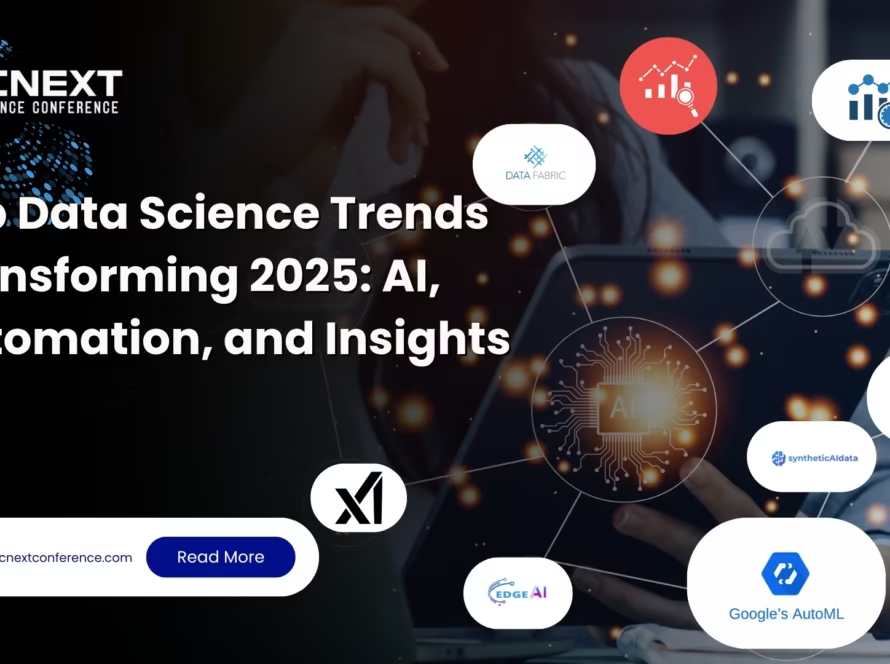In today’s world, data is the new fuel for innovation. From predicting diseases to detecting fraud, artificial intelligence (AI) depends on vast amounts of information. Yet, with stricter privacy regulations and rising concerns over data misuse, the question arises: how can organizations harness the power of data without compromising privacy?
The answer lies in Federated Learning (FL)—a groundbreaking approach that is reshaping the way we train AI models.
What Is Federated Learning?
Traditional machine learning requires gathering all data into a single centralized system. This often creates risks—sensitive medical records, financial details, or personal conversations could be exposed or misused. Federated Learning flips the process. Instead of moving the data, the model itself travels to the data.
How Federated Learning Works
Global Model Deployment: A central model is shared with multiple local devices or organizations, such as hospitals, banks, or research labs.
Local Training: Each device trains the model on its own private dataset. The data never leaves the device.
Sharing Insights, Not Data: Only the learned updates—like model parameters or gradients—are sent back to the central server.
Aggregation: The server combines all the updates to improve the global model, making it smarter without ever accessing raw data.
Think of it like a collaborative classroom: every student studies their own notes but contributes to a shared project. The teacher benefits from everyone’s input without ever needing to collect all the personal notebooks.
Why It Matters
Federated Learning has become one of the most promising approaches in data science because it addresses some of the biggest challenges today:
Privacy by Design: Data never leaves its original source. Patients, customers, and users remain in control of their information.
Compliance with Regulations: It aligns with GDPR in Europe, HIPAA in the US, and India’s DPDP Act, all of which emphasize data protection.
Wide Applications: Google uses it for predictive text and voice assistants. Hospitals use it to train diagnostic models across institutions. Banks adopt it to detect fraud patterns without exposing customer records.
Efficiency in Collaboration: Organizations can pool their knowledge without pooling their data, making it easier to innovate across industries.
Challenges to Overcome
Like any emerging technology, federated learning faces hurdles:
Communication Costs: Constantly sending model updates between devices and servers can be resource-intensive.
Fairness Issues: If one institution has more data than another, the global model may become biased.
Security Concerns: While raw data is protected, model updates themselves could leak information if not secured properly.
Researchers are actively working on solutions, making federated learning stronger with encryption, secure aggregation, and bias correction techniques.
Amsterdam UMC: Federated Learning in Healthcare
Amsterdam University Medical Center (Amsterdam UMC) is pioneering the use of federated learning to advance predictive modeling across healthcare institutions—without ever sharing sensitive patient data.
Instead of pooling data into a single central system, Amsterdam UMC sends the model to the locations where the data resides. Hospitals train the model locally, share only anonymized model updates, and a central system then aggregates these updates to create refined global models.
Why It Matters
Privacy and Compliance: Eliminates legal and privacy hurdles associated with moving patient data between hospitals.
Collaborative Research: Enables predictive modeling and research across institutions without breaching GDPR or other regulations.
Standardized Framework: Aims to streamline legal, technical, and institutional workflows for federated learning projects across Amsterdam UMC and beyond.
One project is already leveraging the Dutch NICE registry—a central repository of ICU data across the Netherlands—to simulate federated learning scenarios and compare results with traditional centralized models.
The Future of Federated Learning
The global demand for privacy-preserving AI is only going to grow. From smartphones and IoT devices to finance and agriculture, federated learning offers a framework where collaboration doesn’t mean sacrificing privacy.
In the coming years, we can expect:
Stronger encryption for secure updates.
Integration with blockchain to ensure trust and transparency.
Wider adoption in sectors like supply chain management, education, and even smart cities.
Looking Ahead: DSC Next 2026 in Amsterdam
If federated learning excites you, one event to mark on your calendar is the DSC Next Conference 2026, scheduled for May 7–8, 2026 in Amsterdam.
This event will bring together global data science leaders, researchers, and enterprises for two days of deep learning, hands-on labs, and networking. Topics will include:
Advances in AI and machine learning.
Real-world use cases in healthcare, finance, and sustainability.
Ethical and responsible AI practices.
Practical workshops in Python, R, and cloud-based ML platforms.
With Amsterdam already leading in privacy-aware healthcare innovation, DSC Next will spotlight federated learning as one of the defining trends in data science. It’s not just about technology—it’s about shaping a future where data-driven insights and human trust can coexist.
Conclusion
Federated Learning is more than just a buzzword—it’s a movement towards responsible and secure AI. By keeping data local yet enabling collaboration, it solves the tension between innovation and privacy. From Amsterdam’s hospitals to global tech companies, the world is beginning to embrace this model. And with events like DSC Next 2026 in Amsterdam, federated learning will continue to inspire researchers, businesses, and policymakers to build a safer and smarter data-driven future.
Reference
Science Direct:A Comprehensive Survey on Federated Learning in the Healthcare Area: Concept and Applications


